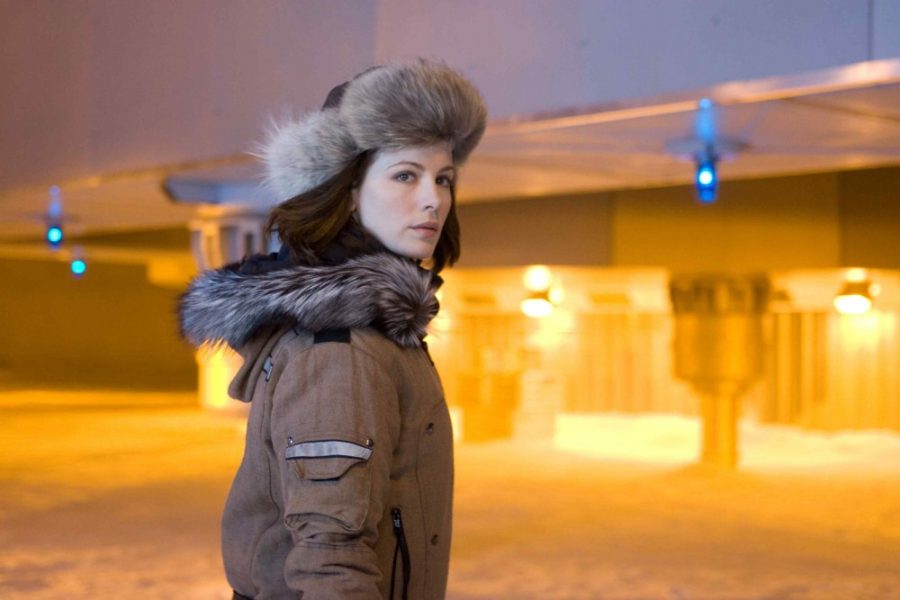Kate Beckinsale possesses superhuman powers in “”Whiteout,”” which is odd since she plays a U.S. marshal trying to solve a murder mystery at Antarctica.
Beckinsale is Carrie Stetko, a marshal who voluntarily takes a post at Antarctica as a way to punish herself for a past mistake. As the research base waits for and celebrates the oncoming winter, Stetko receives a report of a body out on the ice. She discovers the body of Weiss, a geologist from the Vostok Station, without any gear.
Her investigation draws her into a 50-year-old mystery and the appearance of U.N. agent Robert Pryce (Gabriel Macht), who may have his own ulterior motives. But, as in any worthwhile mystery, not all is as it appears.
It seems that in the course of adapting the graphic novel for the movie screen, the four screenwriters — never a good sign — and director Dominic Sena (“”Swordfish,”” “”Gone in 60 Seconds””) decided that Stetko couldn’t possibly figure out who did what and why without detective skills on par with that of Sherlock Holmes. This being a star-filled movie with a sizeable budget, these power moments are shown with extreme zoom-ins to help us see the clues along with Stetko.
There are some scenes that seem to have been added because the studio thought the audience couldn’t handle the plot as it stands, and because Sena was trying to keep himself from being too bored. We get a gratuitous and clichéd scene in the beginning where Beckinsale strips to take a shower and to have flashbacks of her troubled past. Any scene involving a dead body — of which there are many — is shown with perfect clarity and all the details intact.
The story itself holds up well enough without close scrutiny (except for a scene involving missing flight data) and there are some tense fight scenes. The best part of “”Whiteout”” is the numerous shots of the ice landscape. It’s not “”Planet Earth,”” but it does capture the quiet beauty of the Antarctic. Unfortunately, these moments are rare in a movie that demands that we move from one clue or crisis to the next.
“”Whiteout”” is a movie that rushes out to the ice with a curiosity that is stronger than its mystery. It might have been better to stay home with a cup of hot chocolate.
Rating: 3 out of 5
Graphic novel review
The movie “”Whiteout”” is adapted from the graphic novel of the same name about U.S. Marshal Carrie Stetko. Writer Greg Rucka and artist Steve Lieber convey a mood and visual tone that is at odds with — and works better than — the movie.
The story covers the circumstances of Stetko’s forced transfer and her handling of Antarctica’s first murder. Lieber conveys the unforgiving silence of the physical and emotional environment surrounding Stetko with a unique palette of visual techniques.
Rucka brings a realistic approach to his story with Stetko finding sympathy and secrets in British agent Lily Sharpe. The dialogue sounds natural and Rucka digs into Stetko’s thoughts and flaws, making her a relatable person, someone you might meet one day — that is, if she weren’t exiled to the coldest place on Earth. Your money and time would be better spent on this than the movie.
— Steven Kwan









